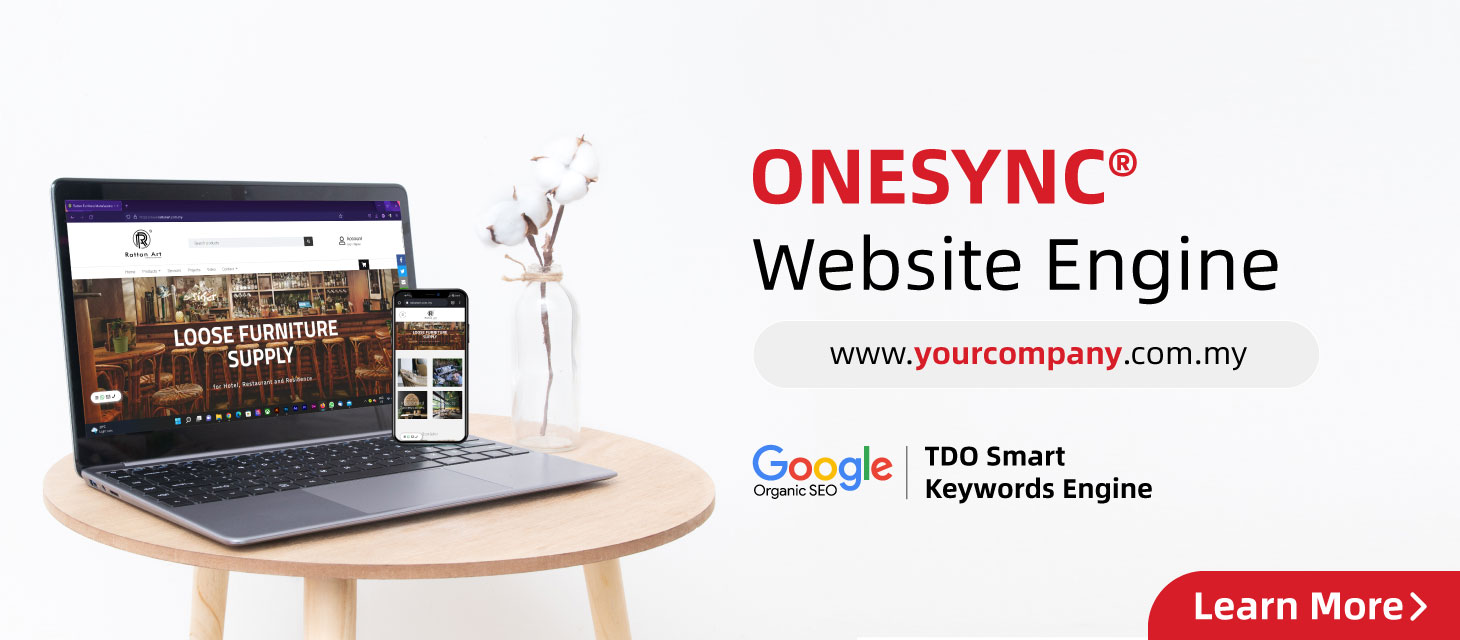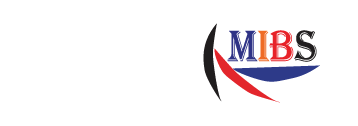Introduction
When it comes to protecting workers from airborne contaminants, a properly designed Local Exhaust Ventilation (LEV) system is critical. Yet, many factories across Malaysia unknowingly operate with poorly designed systems that fail to meet DOSH and USECHH 2000 requirements.
In this article, we reveal the 5 most common LEV design mistakes seen in Malaysian factories and offer expert advice from ZABSI Industrial Ventilation Sdn Bhd on how to avoid them — saving you from future non-compliance issues, shutdowns, or worker health risks.
1. Using Undersized Fans
Many systems are installed with fans that lack the required airflow (CFM) or static pressure to capture hazardous fumes at the source. This results in poor contaminant capture and system inefficiency.
Solution:
Always size the fan based on calculated capture velocity, duct friction loss, hood design, and application type. At ZABSI, we use precise engineering calculations and CFD modeling when needed.
2. Poor Hood Design or Placement
Improperly placed or designed hoods reduce the system’s ability to capture contaminants. This is especially common in welding, chemical mixing, or blasting processes.
Solution:
Ensure the hood is correctly shaped and positioned near the emission source. ZABSI provides custom hood designs based on actual process layout and worker movement.
3. Incorrect Duct Sizing and Layout
Using ducts that are too small, too long, or have sharp bends increases pressure drop and reduces airflow. Inconsistent duct diameters across a system can also cause performance issues.
Solution:
Design ducting with consistent diameters, minimal bends, and smooth transitions. Our team uses duct design software to simulate airflow before fabrication.
4. Neglecting Filter Selection and Maintenance
Many systems fail due to cheap filters, wrong filter types, or poor access for maintenance. This affects both performance and safety, especially when handling corrosive or oily fumes.
Solution:
Select filters based on the contaminant (e.g. HEPA for particulates, activated carbon for vapors). ZABSI offers filtration units with easy-access maintenance doors and proper sealing.
5. No Provision for Monitoring or Testing
Factory owners often neglect to install test points, velocity indicators, or pressure gauges, making it hard to monitor performance or conduct LEV inspections later.
Solution:
Design with performance monitoring in mind. ZABSI installs velocity test ports, pressure gauges, and even smoke test view panels to facilitate inspection and maintenance.
Bonus: Regulatory Oversight
Under USECHH 2000, an improperly designed LEV system is a compliance risk. It must undergo annual LEV inspections and be documented by a competent person. A flawed design makes it nearly impossible to pass.
Why Work with ZABSI?
10+ years of LEV design experience
In-house engineering team with DOSH knowledge
Tailored solutions for each process
End-to-end service: site visit → design → purchasing → installation → inspection
We’ve supported factories in the oil & gas, chemical, palm oil, and automotive sectors to design LEV systems that perform and comply.
Ready to Upgrade or Redesign Your LEV System?
Whether you’re building a new factory or fixing an existing issue — we’re here to help.
Get a FREE Design Consultation
ZABSI Industrial Ventilation – LEV Done Right.
Serving Terengganu, Pahang, Johor, Selangor, and more.











